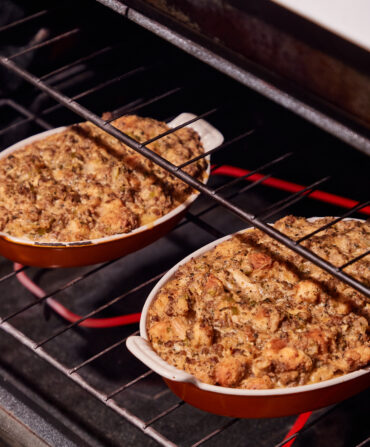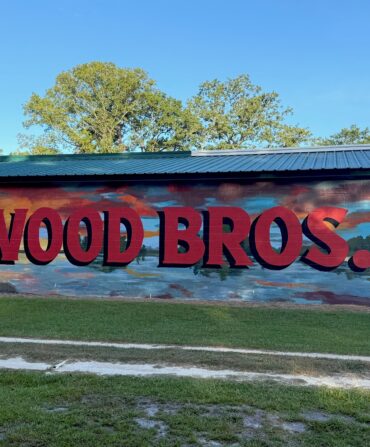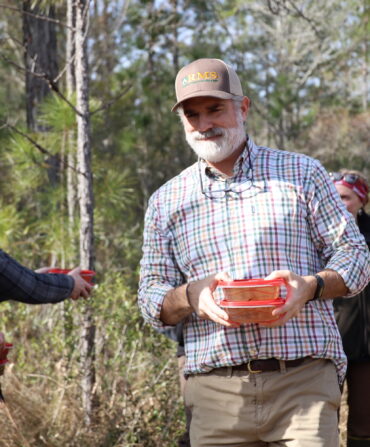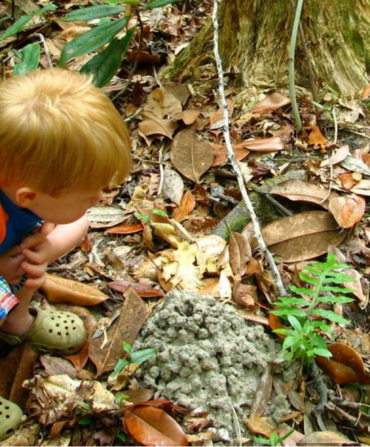Even if you’re a regular at farmers’ markets and immersed in the local food movement, you don’t really expect to find yourself talking to the person who grew your peanuts.

But that’s what happened the other day when I had a chance to chat with Elisha Barnes, the sole farmer who fills cans of limited-release, single-origin Hubs peanuts from one ten-acre patch in southeastern Virginia. “Before I got this thing together with Hubs, I was feeding my peanuts to my hogs and the deer. Now I’m blessed to have them known by people in all parts of the world, and that’s a great thing for a little country farmer,” he says. “I’m a fourth-generation farmer. If my father could see this, he’d be grinning like a possum eating persimmons.”

“Single origin” is a term more commonly associated with coffee- and cocoa-bean imports that can be ethically traced back to a specific grower. But it certainly applies here, as Barnes’s most recent annual harvest yielded eight thousand pounds of peanuts, enough for just 6,400 specially marked cans—less than 1 percent of Hubs’s total annual sales.
Ironically, Hubs executive Marshall Rabil once weighed the logistics of working with a farmer in Uganda to market a single-origin peanut, but he didn’t find the key until Barnes, who farms just twenty miles away, walked into the company’s Southampton County office in 2020. Barnes was having trouble finding a buyer because, although the region’s sandy loam soil has long been known for peanut production, most peanut farmers operate on a much larger scale.
Rabil was intrigued that Barnes is the only farmer still known to “shock” peanuts, an old-fashioned harvesting method abandoned decades ago and nearly forgotten. In this method, clusters of mature peanut pods are dug from the soil with long, stringy vines still attached, but instead of drying (called “curing”) for just a few days, they’re gathered with pitchforks and piled head-high onto pointy, wood poles to sun-cure in the field for a full six weeks. The resulting mounds resemble upright sheaves, or “shocks,” of stacked wheat. To protect the peanuts from rain during that period, Barnes takes care to twirl the vines around the poles so that clusters are positioned toward the center and moisture drains to the outside.

Why do all this? Barnes believes the extra open-air curing concentrates sugars and creates a slightly sweeter peanut, and after consuming a third of a can in one sitting, this peanut-loving writer can’t disagree. Barnes also admits to being stubborn about wanting to continue something he believes is worth preserving. “This is how I was raised,” he says. “This is the fabric of my life.”
The limited release adds another layer of appeal. After three years of growing for Hubs on his own farm, Barnes moved the latest crop to a piece of land leased by the Foodbank of Southeastern Virginia and Eastern Shore. He plants half of that twenty acres in corn that goes directly to the food bank, and the other half in peanuts he sells to Hubs. In turn, Hubs donates proceeds from sales back to the food bank, enough to fund two meals for every can sold.








